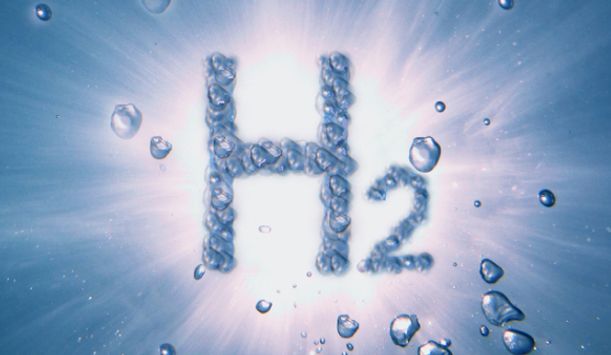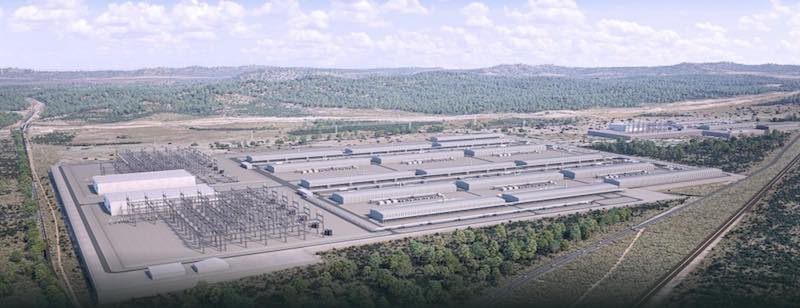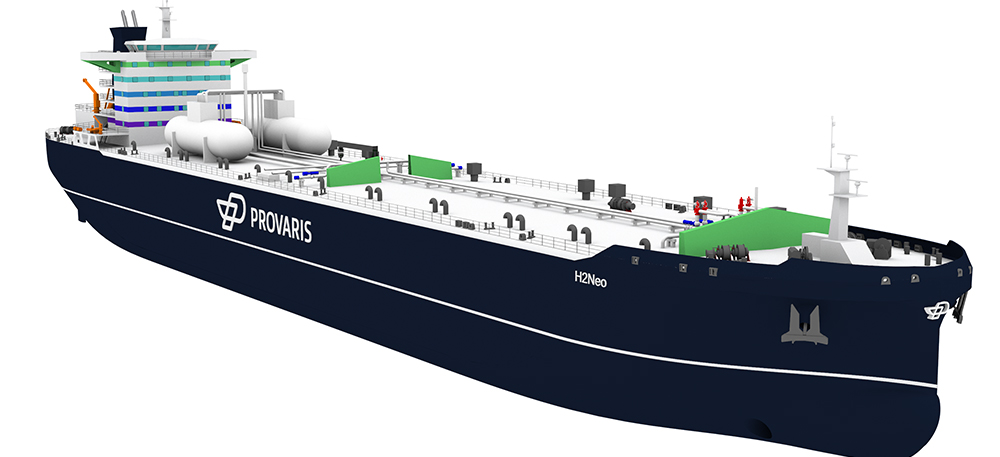
The third nation to produce a hydrogen strategy in 2019, the Federal Government has earmarked more than $2 billion to support large-scale renewable hydrogen projects through the Hydrogen Headstart Program.
With an abundance of potential solar, wind and hydropower at its fingertips and huge potential reserves of natural hydrogen gas beneath its feet, Australia is uniquely well-positioned to become a leading producer of renewable hydrogen.
The International Energy Agency (IEA) predicted a net-zero world will require 306 million tonnes of green hydrogen production each year by 2050, a goal Australia will play an important role in meeting.
$1.6 million to Green Hydrogen project
Doubling down on its commitment to building an integrated hydrogen supply chain within Australian shores, the Australian Federal Government recently made a $1.66 million grant to the Aboriginal Clean Energy Partnership (ACEP) through the Australian Renewable Energy Agency (ARENA).
The funding will support the first phase of a feasibility study for the East Kimberley Clean Energy and Hydrogen Project, which is expected to produce 50,000 tonnes of renewable hydrogen per year through solar-powered electrolysis.

Image: Stanwell. Artist’s impression of the CQH2 project.
The hydrogen will then be transported via pipeline to Balanggarra Country in Wyndham and combined with existing hydropower from the Ord Hydropower station to produce about 250,000 tonnes of renewable ammonia for export and domestic use per year.
Ammonia has a higher energy density than hydrogen, while also being easier to store and transport. It’s considered to be particularly well suited for fuelling freight and cargo shipping, which accounts for about 2-3% of global emissions.
The ACEP was formed as a joint venture between Native Title representative holders Yawoorroong Miriuwung Gajerrong Yirrgeb Noong Dawang Corporation (MG Corporation), Balanggarra Ventures Ltd and Kimberley Land Council Aboriginal Corporation (KLC) as well as climate and nature investment advisory firm Pollination.
The partners each hold an equal share, collaboratively overseeing project development, including cultural heritage, Native Title and environmental approvals as well as overall feasibility planning.
ARENA CEO Darren Miller said the project would demonstrate how First Nations groups could take a leadership role in the energy transition and represented the kind of development Australia needed to deliver in its national goal of becoming a renewable energy superpower.
“The energy transition and a global hydrogen race are well underway,” Miller said.
“ARENA is working with ACEP to explore how First Nations communities can have a greater say and a greater stake in Australia’s renewable hydrogen ambitions.
“This project will pave the way for First Nations-led renewable energy developments and ARENA will be working to ensure the lessons we learn from East Kimberley inform future projects.”
Multiple pathways to production
As interest in hydrogen as an alternative, clean energy source grows exponentially, innovative approaches to producing and transporting the gas have quickly followed.
Each company has taken a slightly different approach, targeting alternative inputs, export pathways and end-products under the umbrella of ‘hydrogen production’.
One such example is Provaris Energy Ltd (ASX:PV1, OTC:GBBLF)’s integrated hydrogen compression shipping project, which involves producing green hydrogen from renewable energy-based electrolysis and shipping it to markets around the world via PV1’s proprietary gaseous hydrogen containment tank technology.

Provaris' hydrogen compression shipping solution.
The company is developing a 2.6-gigawatt (GW) green electrolysis facility on the Tiwi Islands which will export up to 90,000 tonnes of hydrogen per year and has signed a collaboration agreement with Norwegian Hydrogen AS to develop projects for the green hydrogen value chain in the Nordic countries with potential to expand to the rest of Europe.

Proposed Tiwi Island Project.
The agreement includes the development of the 270-megawatt (MW) FjordH2 project, Norway's largest green hydrogen production facility, which will produce 40,000 tonnes of hydrogen per year.
On the other side of the world, Elixir Energy Ltd (ASX:EXR, OTC:ELXPF) is eyeing the windy steppes of Mongolia for its proposed clean hydrogen project.
The traditionally oil and gas-focused company signed an MoU with Japanese company SB Energy Corp to investigate a green hydrogen venture in southern Mongolia, which advanced to a term sheet in February 2023 and is expected to proceed to a formal joint venture development in the near future.

3D rendering of the proposed Gobi H2 Project in Mongolia.
Tapping Earth’s hydrogen reserves
Some companies are looking to do away with the electrolysis process altogether, targeting natural reservoirs of hydrogen gas produced by normal geological processes beneath the Earth's surface.
Natural hydrogen projects have the advantage of needing only well and pipeline infrastructure, making for cheaper start-up costs and lower construction lag times between discovery and production.
HyTerra Ltd (ASX:HYT) and Gold Hydrogen Ltd (ASX:GHY) are two Australian companies pursuing this newly acknowledged avenue to hydrogen production, although they’ve chosen two very different places to pursue their goals.
HyTerra has selected the energy-hungry United States for its projects, entering into a joint venture for the development of Project Geneva in Nebraska which includes one of the world’s first wildcat wells specifically targeting hydrogen.

Hoarty NE3 wellhead at Project Geneva.
The company is also targeting the nearby Nemaha Ridge for tenement acquisitions, where there have been at least 10 historical occurrences of natural hydrogen.
Closer to home, Gold Hydrogen Ltd (ASX:GHY) has already sunk a well into its Ramsay Project on the Yorke Peninsula of South Australia, confirming the presence of hydrogen and helium, which is a critical element in high demand.
While work to determine the true potential of the project is ongoing, Ramsay currently holds a certified prospective resource with an unrisked best estimate of 1.3 billion kilograms of natural hydrogen.
%20over%20Yorke%20Peninsula%20and%20Kangaroo%20Island%20in%20South%20Australia.jpg)
Gold Hydrogen permits (green) over Yorke Peninsula and Kangaroo Island in South Australia.
The company’s wells have so far produced gas results of up to 86% purity hydrogen and up to 6.8% helium – in 2024, GHY’s main focus will be proving that economical volumes of both gases are present on the project to be extracted.
Whether it be by land or sea, Australian communities, industry, governments and private enterprise are uniting to turn Australia into one of the world’s green hydrogen powerhouses – not a moment too soon.